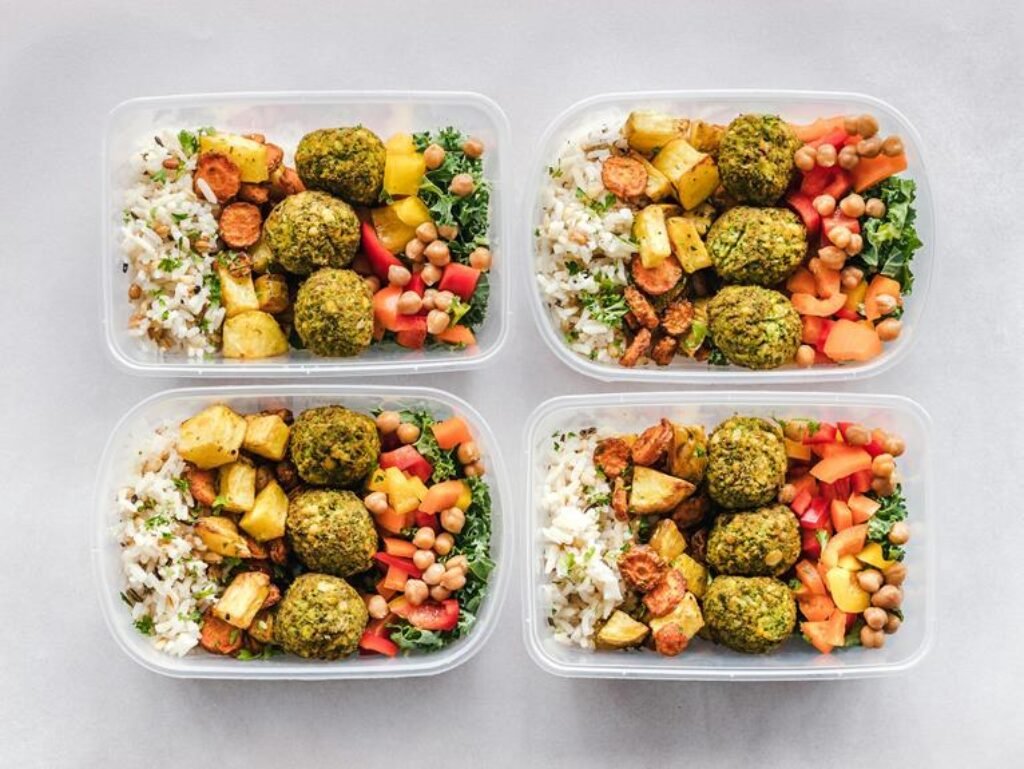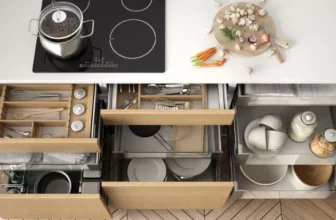
When it comes to preparing healthier family meals, a few simple kitchen hacks can make a world of difference. Imagine effortlessly incorporating nutritious ingredients and clever techniques that not only enhance the flavor but also boost the overall healthfulness of your dishes. These strategies can streamline your meal prep routine and even entice picky eaters to enjoy a more balanced diet. Stay tuned to discover how these easy kitchen hacks can revolutionize the way you approach family meals and set you on a path to culinary success.
Ingredient Swaps for Healthier Options
When aiming to make your family meals healthier, consider swapping out ingredients like refined sugar and white flour for alternatives like honey and whole wheat flour. Refined sugar can be replaced with natural sweeteners such as honey, maple syrup, or dates. These alternatives add sweetness without the processed sugars found in refined sugar.
White flour, which lacks nutrients and fiber, can be substituted with whole wheat flour or almond flour for a healthier option. Whole wheat flour retains more nutrients because it’s less processed than white flour, providing a better nutritional value for your dishes.
Additionally, instead of using regular table salt, opt for sea salt or pink Himalayan salt. These options contain more minerals and can enhance the flavor of your meals without the need for excessive amounts. By making these simple ingredient swaps, you can significantly improve the nutritional content of your family’s meals without sacrificing taste.
Quick and Efficient Meal Prep
To efficiently prepare your family meals, streamline your process with quick meal prep techniques that save you time and effort in the kitchen. Start by planning your meals for the week ahead. This simple step can help you create a grocery list, reduce food waste, and ensure you have all the necessary ingredients on hand.
Consider batch cooking on weekends to prepare large quantities of staple foods like grains, beans, or proteins that can be used in multiple dishes throughout the week. Invest in time-saving kitchen tools like a food processor, slow cooker, or pressure cooker to cut down on prep time.
Additionally, try prepping ingredients in advance, such as washing and chopping vegetables or marinating proteins, so they’re ready to go when it’s time to cook. By implementing these quick and efficient meal prep strategies, you can make healthier family meals without spending hours in the kitchen.
Flavor-Boosting Cooking Techniques
Enhance the taste of your family meals with simple yet effective flavor-boosting cooking techniques. One easy way to add depth to your dishes is by using fresh herbs and spices. Experiment with a variety of herbs like basil, cilantro, or thyme to elevate the flavors in your meals. Don’t be afraid to get creative and mix different herbs together for a unique taste.
Another technique to enhance flavor is by using citrus zest. The zest of lemons, limes, or oranges can add a burst of freshness to your dishes without extra calories. Simply grate the outer peel of the fruit and sprinkle it on your food before serving.
Marinating your proteins before cooking is also a great way to infuse them with flavor. Try marinating chicken, fish, or tofu in a mixture of herbs, spices, and citrus juices for a few hours before cooking to enhance their taste.
Lastly, don’t forget the power of caramelization. Browning onions, garlic, or even meats before adding other ingredients can bring out a rich, savory flavor in your dishes. Try these simple techniques to make your family meals more delicious and enjoyable.
Smart Strategies for Picky Eaters
Try incorporating hidden veggies into your picky eater’s favorite dishes to boost their nutrition intake without them even realizing it. Sneak finely chopped vegetables like spinach, carrots, or bell peppers into dishes such as spaghetti sauce, meatloaf, or casseroles. Pureeing veggies and adding them to sauces or soups is another clever way to increase their veggie intake.
Another smart strategy is to involve your picky eaters in the meal preparation process. Let them choose a new vegetable to try at the grocery store or involve them in simple meal-prep tasks like washing produce or stirring ingredients. When kids feel a sense of ownership over their food choices, they’re more likely to be open to trying new things.
Additionally, consider offering a variety of dipping sauces like hummus, yogurt-based dressings, or guacamole. These flavorful dips can make eating veggies more enjoyable for picky eaters. Lastly, try presenting vegetables in fun and creative ways, such as making veggie kebabs or using cookie cutters to create fun shapes out of veggies.
Trending Products














